Active speakers aim to simplify the setup. They have a full array of digital inputs and only require you to plug in one power cord. No need to buy a separate amplifier, DAC, interconnects, or even speaker cables.
So what’s the catch? Unfortunately…sound quality.
This is why many audiophiles are a little apprehensive about active speakers. All the extra functions inside are bound to compromise sound somehow. Especially in regards to noise.
It’s definitely possible to have an active speaker system that rivals traditional rigs. We have the Kii Three and Eikon systems – but we’re looking at five-figure price points.
Well, two engineers at Vanatoo are aiming to change that. Their most expensive pair of active speakers is priced under $600.
Vanatoo aims to create affordable, versatile audiophile quality powered speakers for today’s music enthusiast.
Gary Gesellchen has been building custom speakers and obsessing over the perfect speaker since the mid-80’s. When others were focused on “big hair”, he was writing his Master’s thesis on “Acoustic Radiation Characteristics of Short Horns”. Gary has over 25 years in the high tech industry, in both engineering and management. Gary’s amateur endeavors include a recent “Best in Show” award from the Northwest Audio Society for a set of custom speakers he built for a friend.
Rick Kernen also shares a lifelong love of electronics and audio equipment. For Rick, it all began back in a small town in Iowa, where, as a child, he would blast the Star Spangled Banner through his uncle’s PA system as loud as possible for the neighborhood. Rick has over 35 years of experience in microprocessor-based electronics and software design. His executive management experience includes positions in Research and Development, Manufacturing, Quality Control, and Factory Repair. Rick is also an accomplished woodworker who builds Arts and Crafts style furniture for his home.
I’ll be reviewing the Vanatoo Transparent Zero (T0). The focus will be on function and performance – solely from listening tests. If you’re looking for measurements or technical discussion, there are nerdier reviewers out there.
Build & Features
The Transparent Zero is made of all bespoke parts – even the drivers are designed and built from the ground up. It has a truncated square pyramid shape – which helps in smoothing out internal resonances. Although these tiny speakers won’t win any awards for aesthetics, the silver woofer and shiny tweeter look great when the grills are off.
Admittedly…the engineer-esque design really grew on me.
- Speaker
- 10mm (~3/8”) thick enclosure with black satin finish
- Drivers
- 4″ aluminum diaphragm
- 4″ passive radiator
- 1″ tweeter
- Amplifier
- Direct Digital Class D
- 4×48 Watts per channel
- DSP resolution of 48K at 24 bits
- Frequency response
- 56Hz – 20K Hz ±3dB (Shelf Mode in room)
- 52Hz – 20K Hz ±3dB (Flat Mode in room)
- Left and right channels could be swapped
- Inputs
- USB
- Bluetooth (aptX)
- Toslink Optical
- Analog inputs (3.5mm)
- Remote control
- Volume, bass and treble controls
- Subwoofer output with AutoSense
- Shelved DSP Mode (Desktop) – Crossover: 125 Hz
- Flat DSP Mode (Stands) – Crossover: 80 Hz
- Magnetically attached grills
- Customizable configurations
- LED brightness
- bass response
- subwoofer crossover
- amp limiters
- mono mode
- sleep settings
- Enable key function
I’ll let the photos speak for themselves. For more details, check out the product page.
Speaker Configurations – Volume Treble Bass (V-T-B)
You’ll notice this switch on the back panel. Intuitively you could adjust volume, bass, and treble by moving the slider and turning the knob. These controls are also used to swap left and right channels, change DSP modes, reset to factory defaults, etc. It’s a little awkward having to unplug the power cable (there’s no power button on the T0), but in most cases, you probably won’t be needing to make these adjustments often.
The Remote
The remote is mostly self-explanatory. When switching inputs, I usually just hit the “Auto” button. The volume button could be held down for speed up the adjustment. The Fn1 and Coax buttons are unused.
One thing to keep in mind is that you have to hit the “Enable” button in order to activate Bluetooth pairing and to adjust treble or bass. The “Treb” and “Bass” buttons have to also be pushed incrementally (not held down).
Bluetooth setup with my Google Pixel phone was as easy as just enabling Bluetooth on my phone.
Setup
These speakers will sound harsh and disoriented if they’re not set up properly. Although it is recommended to have them equidistant, this really depends on your room (and desk). Since I had a close wall (first reflection), I had to move one of the speakers forward an inch to get a proper center. Given their weight and size, it was easy to make adjustments. I preferred a 25-degree toe-in.
You’re able to arrange the speaker with the passive radiator pointed up or down. For my desk, I prefer to have them in their default, angled-up position.
Bass & Treble
I enjoy the option to adjust bass and treble via the remote. After hours of listening, I decided to keep the treble at default (0 dB) and sometimes -1.0 dB. Treble adjustments are pretty coarse.
I’ve consistently set bass three clicks higher (+3.0 dB). This configuration provides a more natural density while keeping resolution intact.
Any increase to the treble beyond his point resulted in a bit of dryness and edge. Any increase to the bass and the bass loosens up and gets muddied, the midrange gets veiled, and the soundstage flattens. You’ll definitely hear distortion as you increase these settings to their maximum.
Ethernet Cable
The supplied RJ-50 (10-pin) cable sounds perfect with the Transparent Zero. Six wires are used for the woofer and four for the tweeter. I’ve tried a few of the RJ-45 (8-pin) cables I had here and they actually seem to make it sound worse in some cases. Just keep in mind if you need a longer wire, you could crimp your own.
I feel the designers spent a long time voicing this speaker with its stock cables. I would just stick with them.
Isolation
At +3.0 dB and +4.0 dB on the bass, the vibrations aren’t too bad. Anything above that and everything starts to shake, including the floor under the desk. Luckily, placing the Transparent Zero on a pair of IsoAcoustic Aperta stands worked out perfectly.
Volume
So the volume knob isn’t absolute. Even with the knob set at the far right, the remote could still lower its volume. So in essence, this knob sets the “boot up” volume rather than the actual power output.
If you don’t find yourself changing inputs often, I would set the volume of your source to a few clicks lower than the maximum. Then from the T0’s knob, adjust for a practical maximum from your listening position.
If you’re constantly changing inputs, I would keep the T0’s knob at the mid-point or lower. All too often I had to lower the volume with every input swap. This is most common for Roon sources that are set at a fixed volume, etc. I also had my laptop’s volume at maximum as the built-in speaker has very low output.
Subwoofer
For casual desktop use, I didn’t really feel the need for a subwoofer. Although I did feel some loss in the bottom octaves, having the bass tuned 3-4 dBs up was satisfying.
However, after I tried connecting a Polk Audio PSW111 – it was difficult to go back. There’s just more bottom grunt, groove, and definition.
Add a subwoofer if you could.
External DAC
You could opt to use an external DAC with the Transparent Zero via the 3.5mm input jack. I used a Chord Electronics Qutest and the improvements are substantial – but we’re talking about a ~$2,000 DAC. I also had to use a custom-made cable to get the tone right. This experiment actually speaks more on the performance of the Transparent Zero. It’s able to scale so effortlessly.
That said, the Transparent Zero’s internal DAC sounds superb out of the box. It’ll also be much better than your cell phone’s DAC. No complaints whatsoever – especially at this price point.


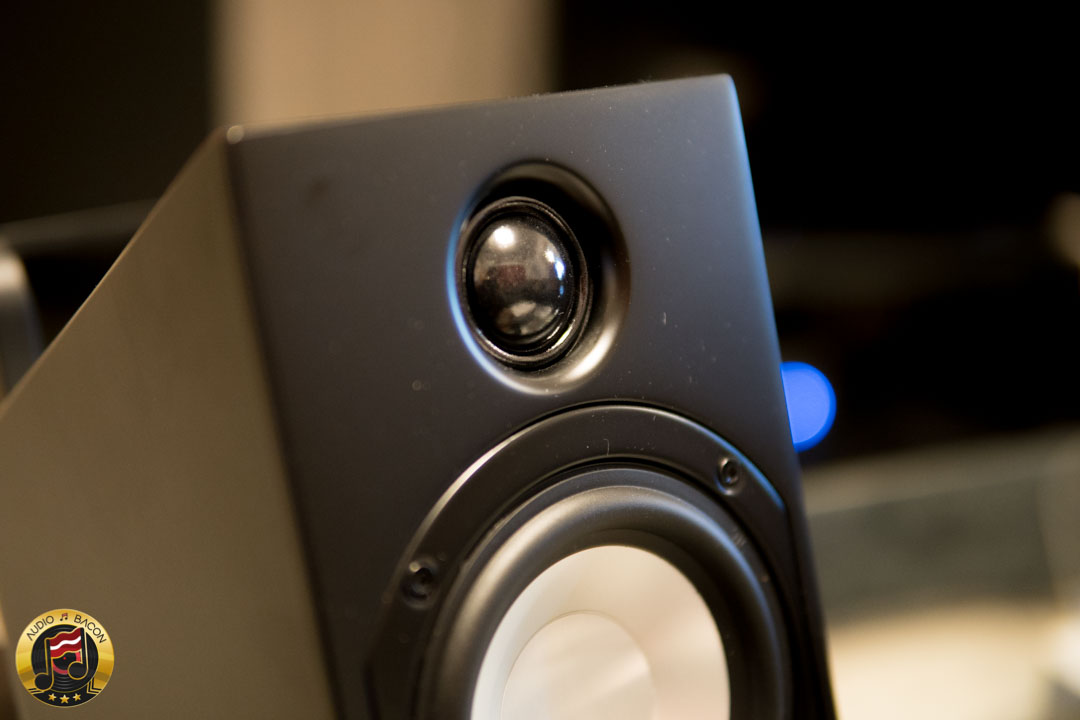
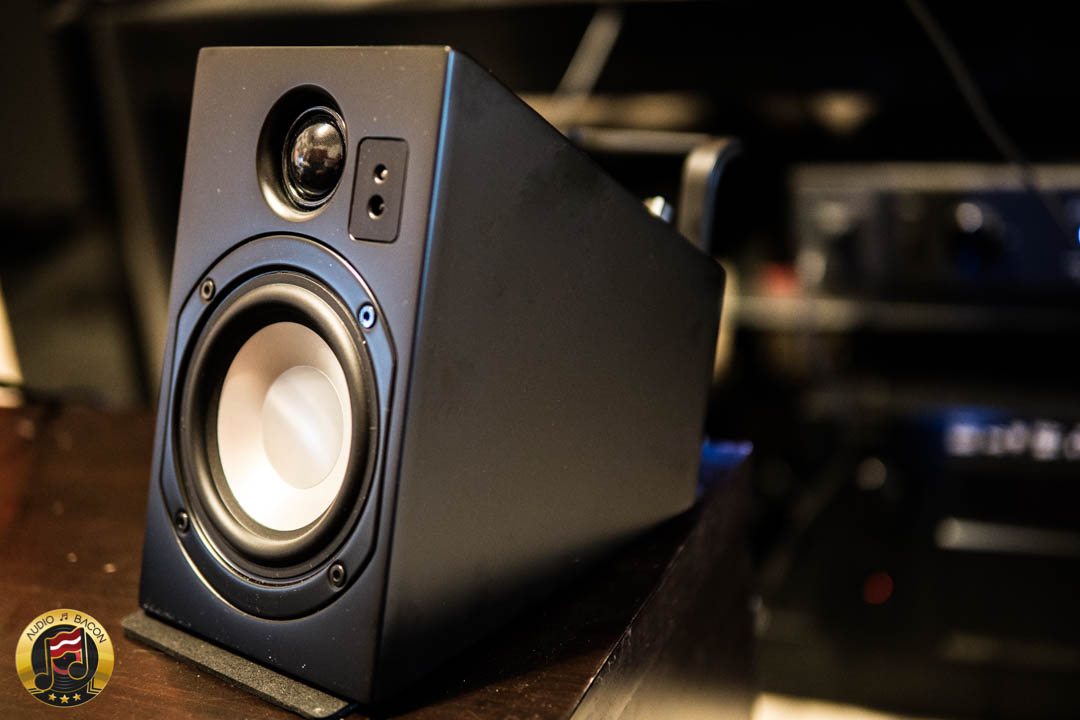
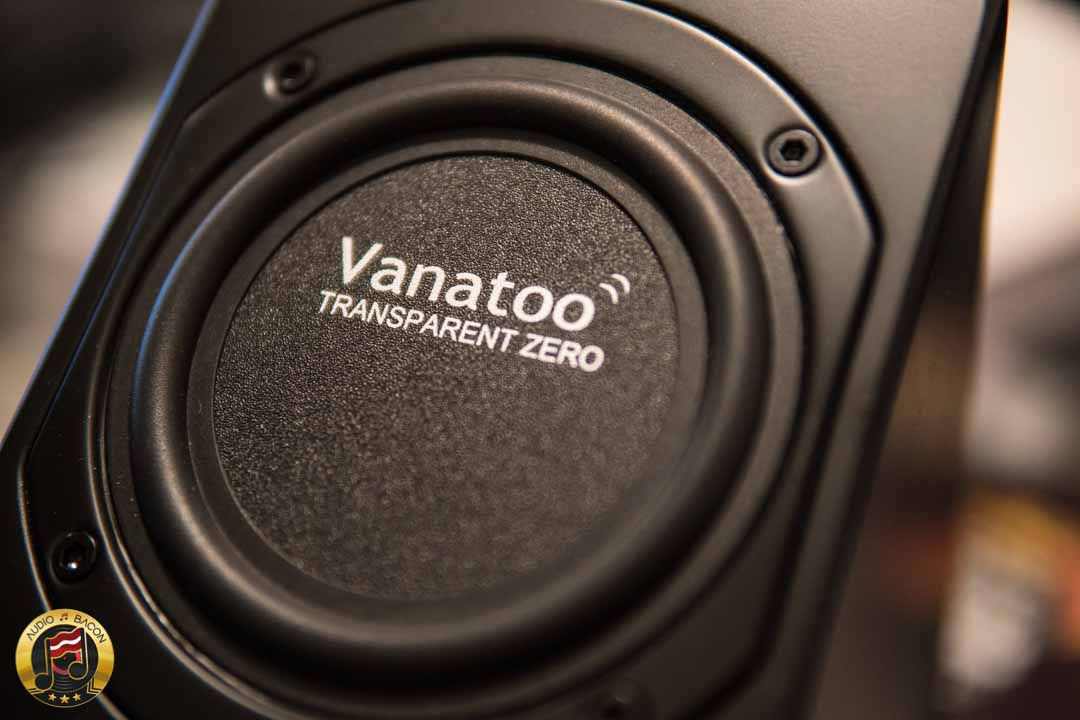
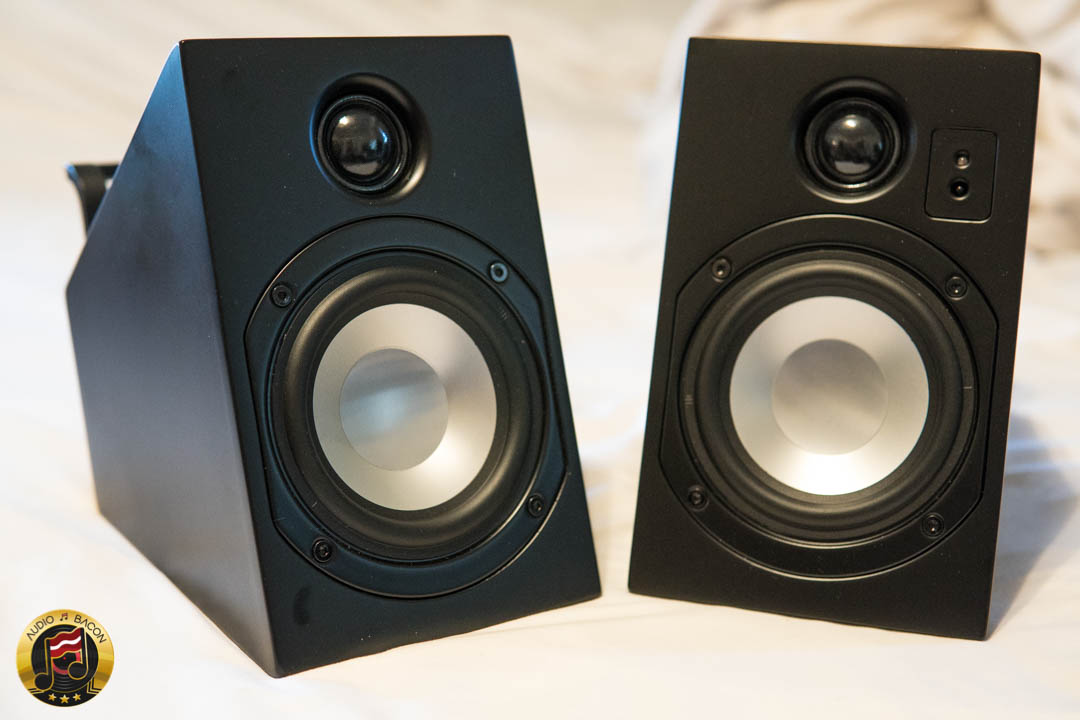
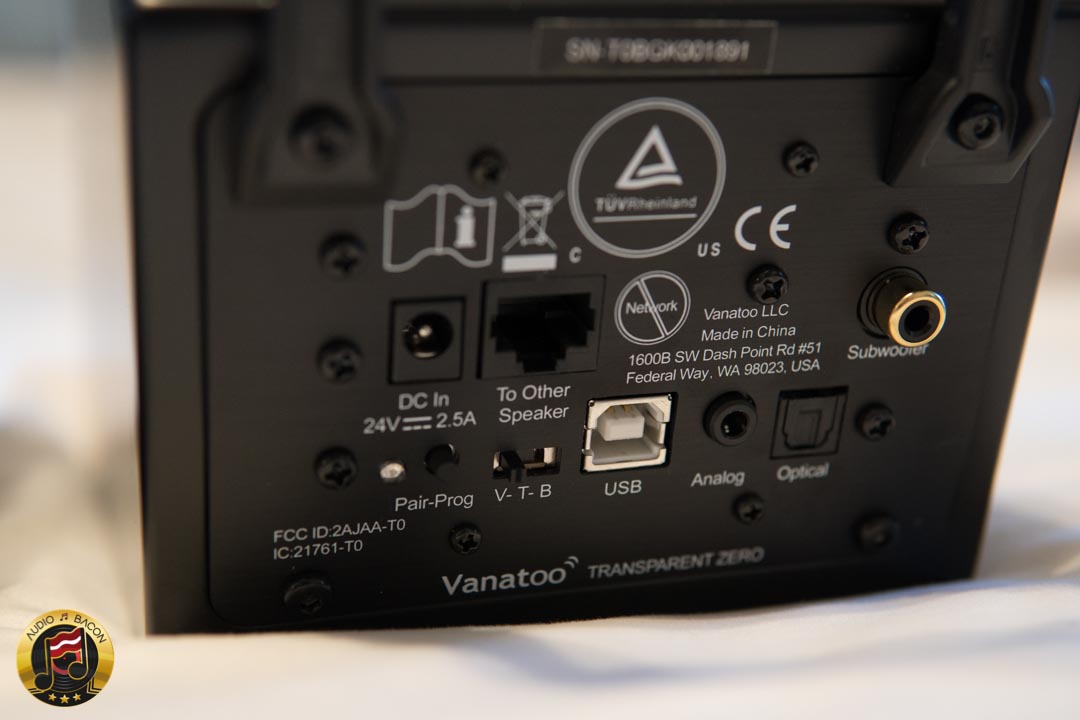
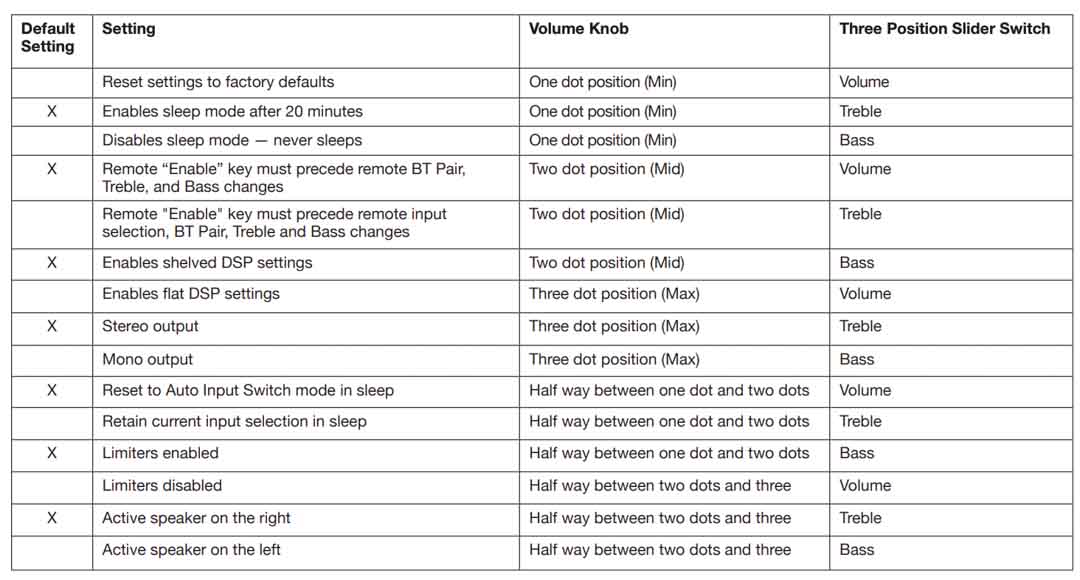
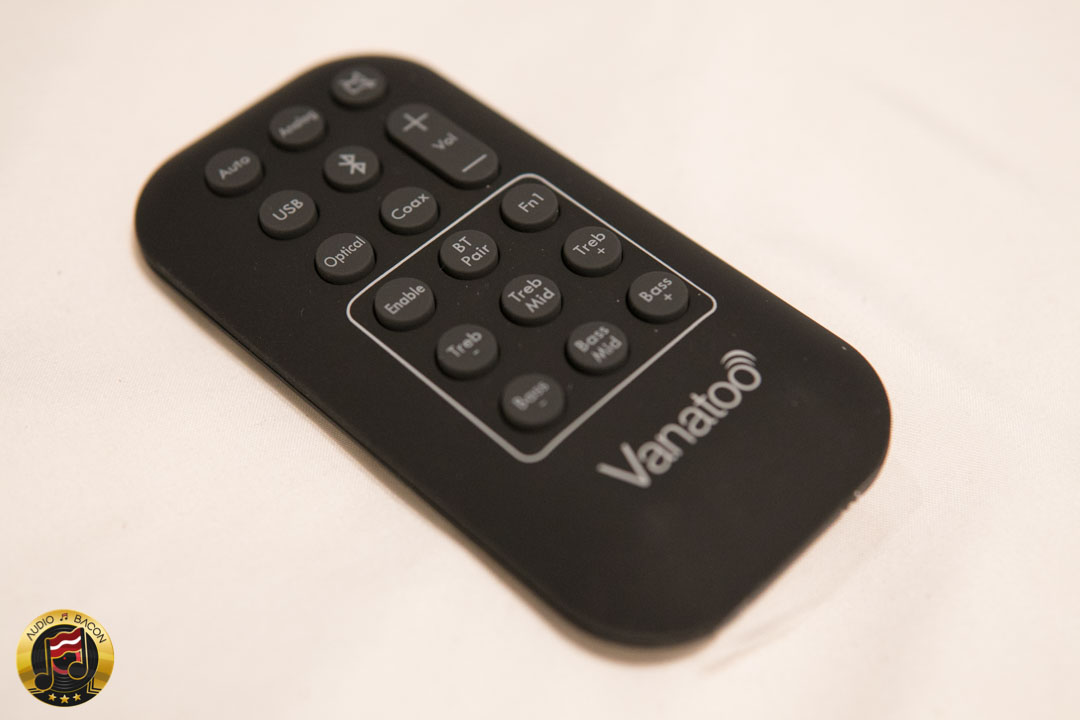
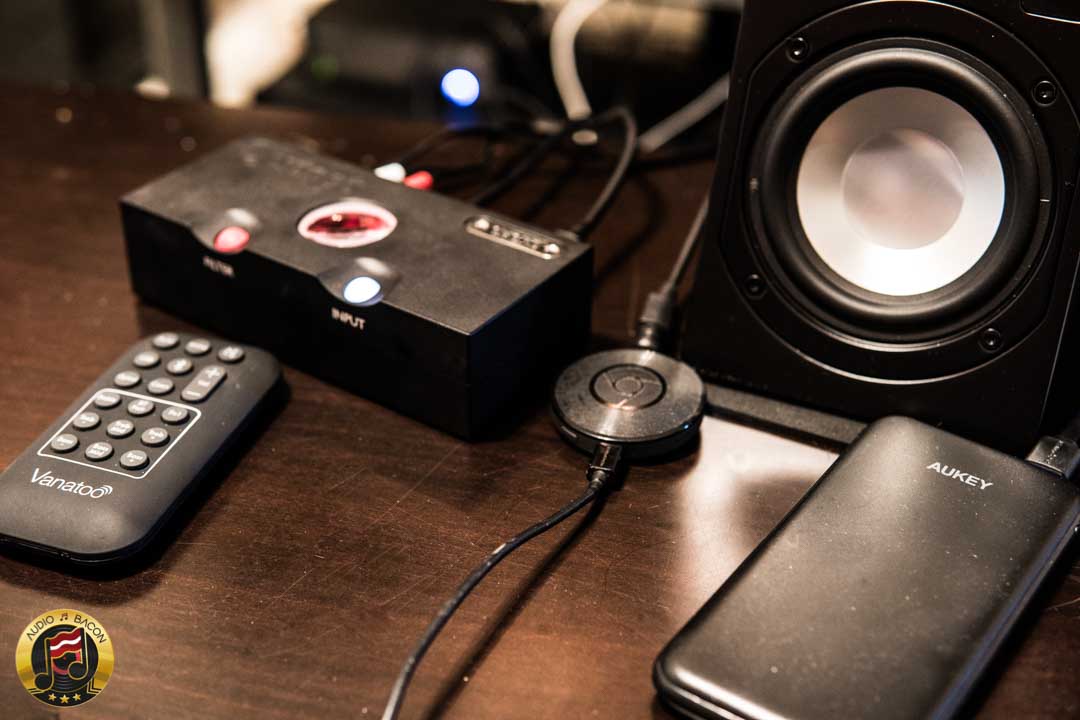
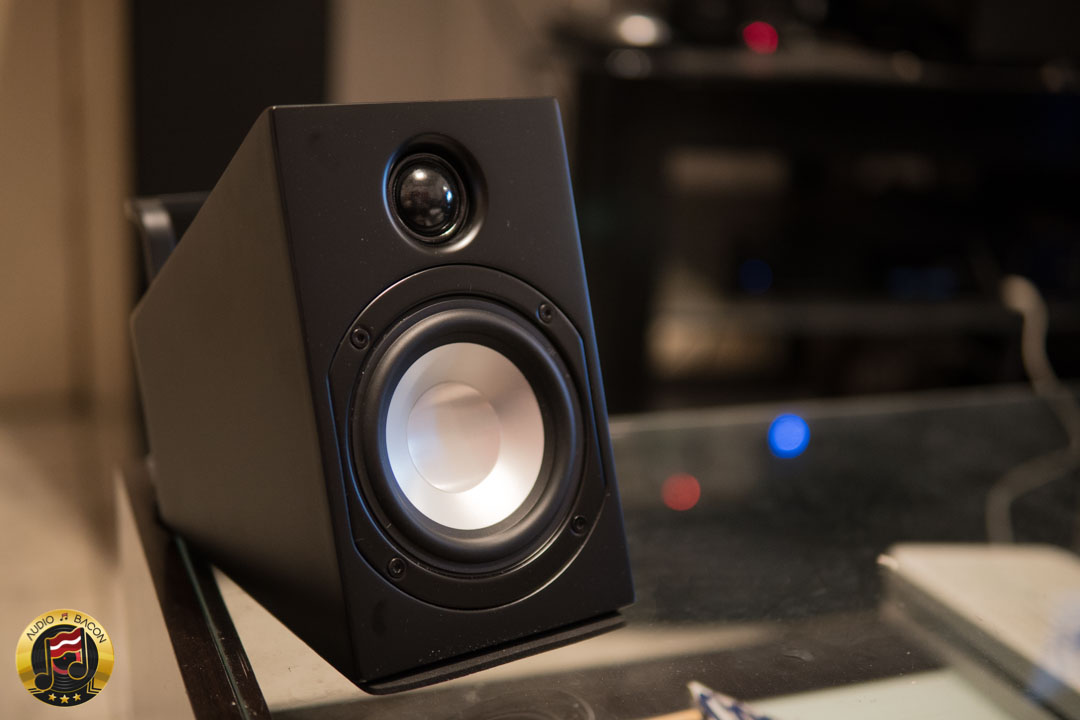
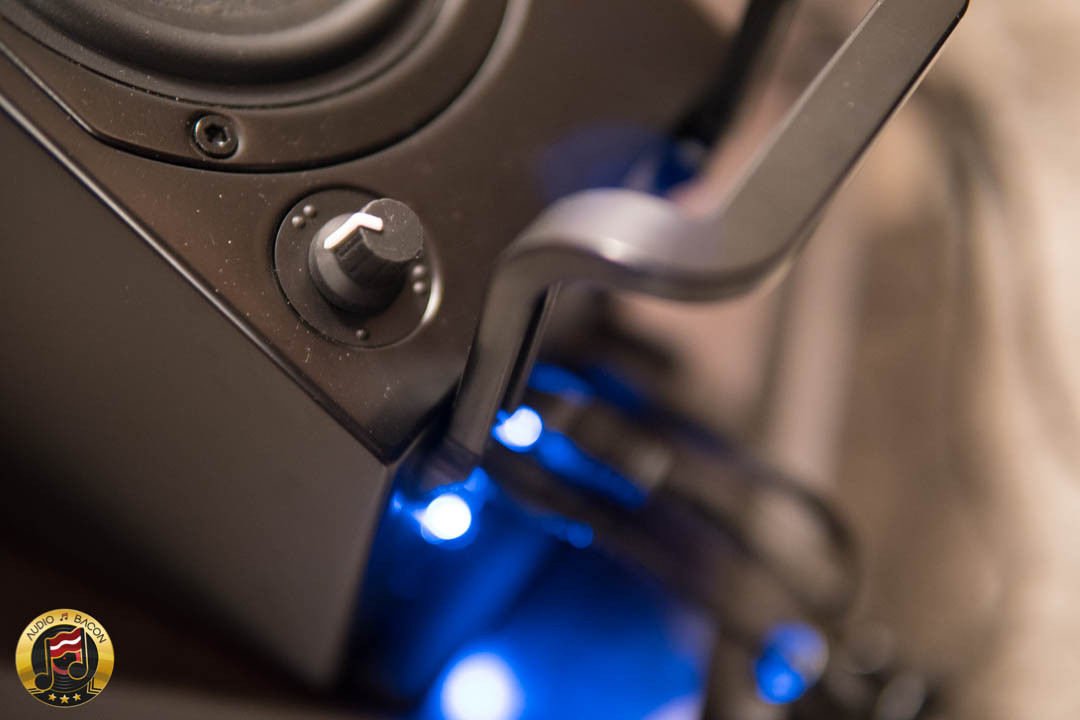

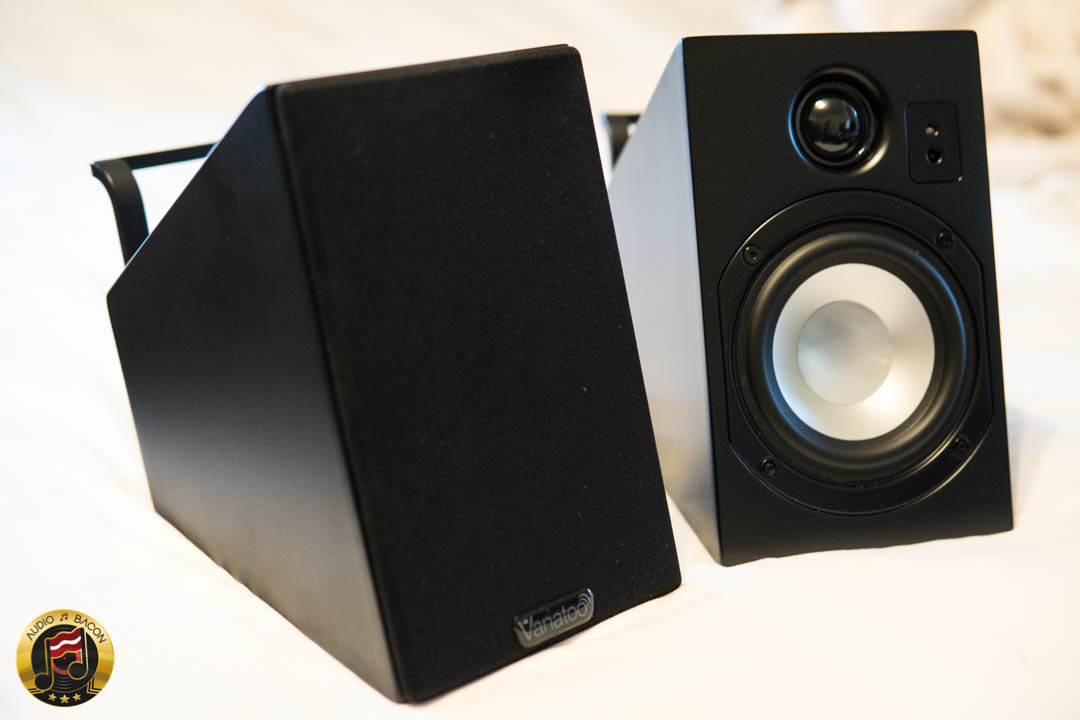


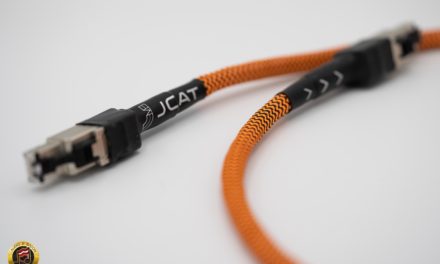
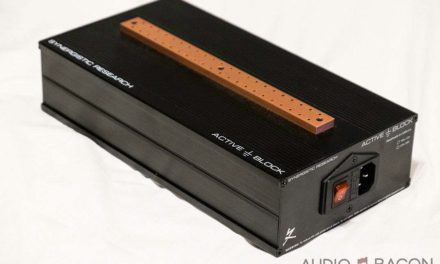
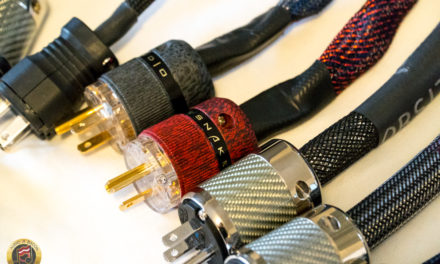
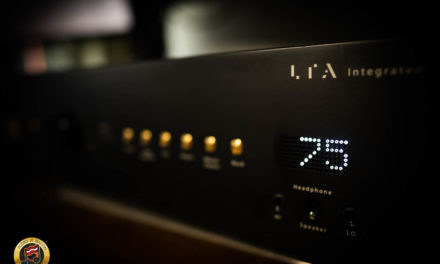

With regards to you using the external DAC, your readers should know that you actually can’t bypass the Zero’s DAC. Using the 3.5mm in, the speakers takes the analog signal, reverts it to digital, and *then* back to analog again. It’s right on their website, and you can contact them as well for more info.
Logically, if I plug my digital cable into the Chord Qutest and it outputs an analog signal…I’ve already bypassed the DAC, regardless of whether that analog signal gets converted back into digital and back into analog. Obviously, the source signal isn’t the same as plugging a USB cable directly into the Vanatoo. The internal DAC would be starting with a much better signal. I’ll clarify with Vanatoo.
You can’t bypass the Vanatoo Zero DAC, the answer is right in your own sentence 🙂
“..regardless of whether that analog signal gets converted back into **digital and back into analog**. ” Digital to analog – that’s the Zero DAC. You’re putting the signal through an extra step, which isn’t really ideal, but regardless – you cannot bypass the DAC in the Zero. Vanatoo will certainly confirm this with you, as they have with me and others.
If a signal passes another DAC, such as the Chord, will that change the sound? Sure. I have a couple DACs at home and they all change the sound a little in the Zero, but in my experience, they all added a bit of distortion in the low end on some bass heavy tracks.
Plus, going in by the 3.5mm you limit yourself to 48/24 whereas the optical in supports 96/24. Everything we’re talking about is on their website too.
I’m not denying the signal gets reconverted from the 3.5mm, I’m just saying – it sounds a lot better with the Chord Quest. Better than the optical input. With a lesser DAC, perhaps the delta is lower. I’ll have to listen again but don’t recall hearing any distortion (Qutest set to output 1V).
Just to clarify my point, you mentioned that you were bypassing the DAC, and I’m just saying that you can’t bypass the DAC in the Vanatoo Zero. By adding the Chord you are stacking DACs: digital to analog to digital to analog. I’m merely stating your readers should be aware of this.
Because there are powered speakers where analog in bypasses the on-board DAC – the Vanatoo is not one of them. I still regard the speaker as terrific and well worth every penny.
As for your experience of adding the Chord improving the sound, I obviously have no issues with that. Everyone hears differently. And yep, I could see how setting the Qutest to 1v would avoid distortion.
@Jay,
I’ve the impression that active speakers with built-in DSP are the future. Amp class D technology is getting better and better and they offer too many advantages. At the same price level I think the classic boxes DAC+AMP+Speaker can compete with an active speaker from a good company.
Furthermore, currently one does not need to go to extremes (Kii Thee, although cheaper than DAVE ehem,ehem) or the Vanatoo. We have the Genelec One series 8331/8341/8351 or the new JBL 7 series. Those in the range 4-7k , and from companies that make real engineering and real innovation . I’d love to see a review of these from you.
I completely agree – and hope active speakers gain more in popularity. If they’re able to throw a Hugo M Scaler into an active speaker – that’s end game for me.
oh, shit! no edit feature, I meant “can NOT compete”
Hey thanks for explaining that RJ-50 Ethernet Cable. I purchased a set few months ago and recently adds Monoprice 8″ subwoofer… and I’m very happy now. I think the mid to high end still needs fine tuning for my ears…. overall I’m in YouTube heaven. I have a 4k LG 27 monitor.